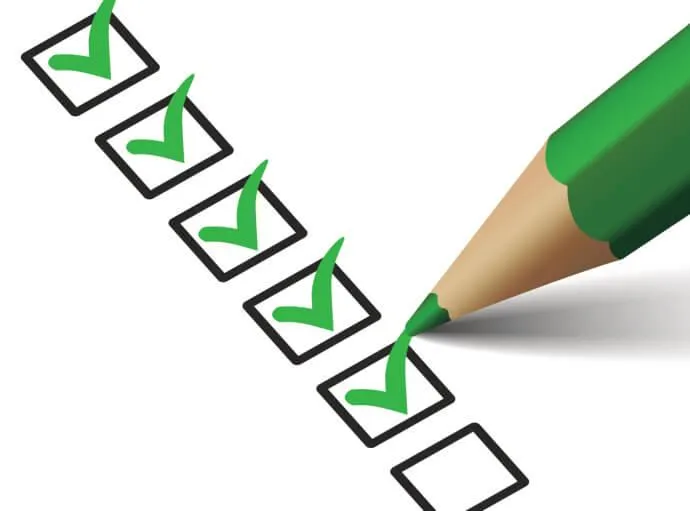This document outlines the responsibilities and scope of the Scrum Master role.
Main duties
- Should be familiar with the Scrum Process and Agile theory
- Remove impediments
-
- Talk to line managers when team members aren’t able to fulfill their sprint commitments.
- Escalate requests for equipment/hardware/software tools
-
- Ensure that Scrum rules, as defined in Sprint Guidelines v1.docx are understood and are being followed.
-
- Ensure that the Daily build is created on time
- Ensure final build is created on time, so that testers can test the final user stories
- Facilitate the daily scrum and ensure that stays on topic and within the timebox
- Ensure that all the user stories are done
-
- Organize the scrum meetings
- Help the Scrum team and the Product owner follow the scrum process
- Ensure that the team is burning hours in Jira and are claiming and closing tasks
- Work with Product owner to groom the product backlog
- Ensure that the new bugs and backlog bugs are being reviewed, have a target milestone and are prioritized
- Remove impediments. Escalate to the appropriate parties
- Ensure that the team doesn’t over commit and protect them from the Product Owner
- Ensure that the sprint stays within the original scope
- Create a summary of Sprint Retrospective and ensure that action items are followed up
- Ensure that the team is improving
- Introduce new team members who haven’t worked in a scrum team before to Scrum
- Shield the team from external interferences
Meetings
As a Scrum Master, one of your responsibilities is to organize the sprint meetings. You should ensure that they stay within the timebox and that time isn’t wasted discussed things that are outside the scope of the meeting.
- Sprint review
-
- Between 1.5 and 3.5 hours, less for very small teams
- Day after the sprint ends if possible
- Atendees
-
- Required: Product Owner, Scrum Master, Scrum Team
- Optional: Stakeholders (in some cases additional stakeholders are essential)
-
-
- Sprint retrospective
-
- Between 1 and 2 hours, less for very small teams
- Day after the sprint ends if possible
- Atendees
-
- Required: Product Owner, Scrum Master, Scrum Team
- Optional: Stakeholders
-
-
- Sprint planning
-
- Maximum 4 hours for a large (5-9) team planning a 10 day sprint
- The sprint should start the day after the meeting, unless it’s short and completed early morning, in which case the sprint can start the same day
- Atendees
-
- Required: Product Owner, Scrum Master, Scrum Team
- Optional: Stakeholders
-
-
- Daily scrum meetings
-
- Maximum 15 minutes
- Try to arrange them for different times, so that only one meeting room is required for the stand ups.
- Atendees
-
- Required: Scrum Master, Scrum Team
- Optional: Product Owner, Stakeholders
-
-
Stakeholders:
- Team leaders of Scrum Team members
- Project Manager
- CTO (in some cases)
- Customers (where applicable)
Use Outlook’s Scheduling Assistant to ensure that everyone is available. Many sprints will end at the same time, so first come first served.
Things To Be Aware Of
- The Scrum Master is not a Team Leader, but rather a servant-leader.
-
- If it feels that the team is reporting to you, either during the daily scrum or the retrospective, then that is a bad sign. It’s supposed to be a self-organising team, with the Scrum Master there to allow them to self-organize more effectively.
-
- Likewise, the team shouldn’t be reporting to the Product Owner.
